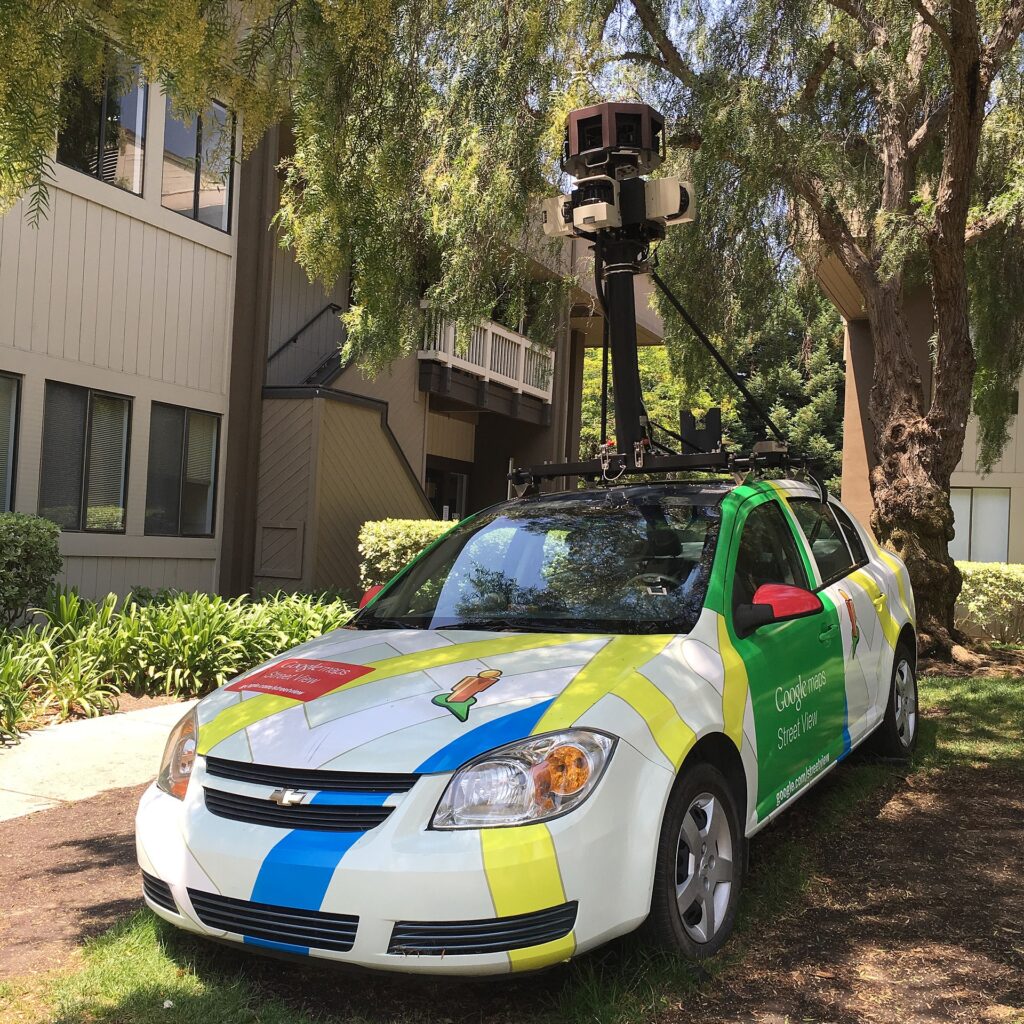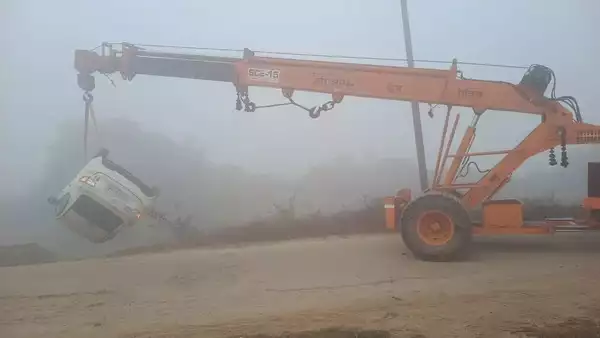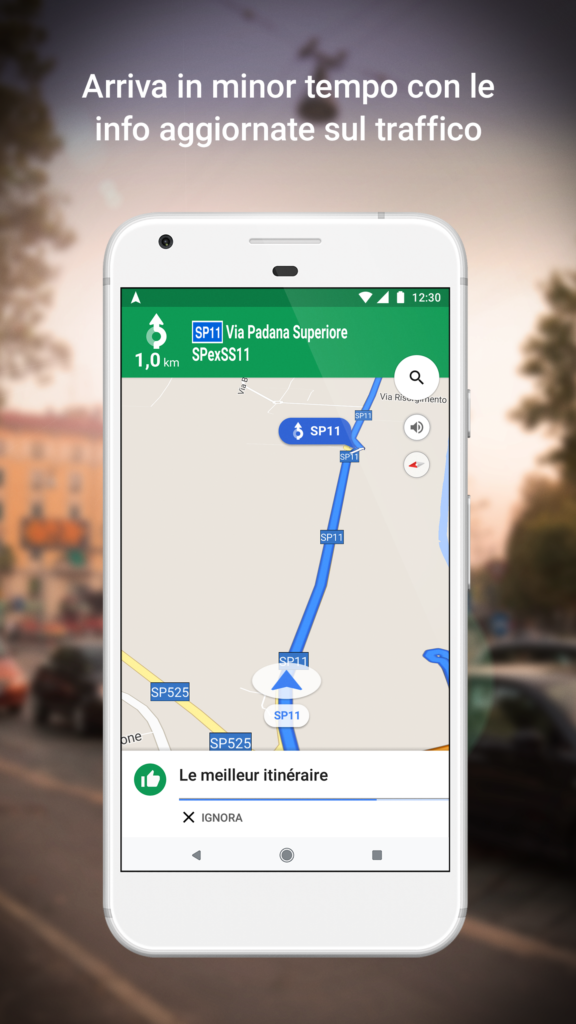Google Maps: invented roads, unmarked interruptions, accidents and deaths
Google Maps: Could we live without the apps we use dozens of times a day? The question is not rhetorical, even though the answer might seem obvious. Certain mobile apps’ habits, convenience and effectiveness have improved our everyday lives, simplifying processes and speeding up time. This is why going back or suddenly having to give up something that has become customary is an idea that does not appeal.
Take the example of Google Maps, one of Big G’s most widely used apps in the world; not only on Android, but a few iPhone owners prefer Google Maps to Apple’s. Fixing the route on the smartphone in order to easily arrive at one’s destination, thanks to the assistant that uses voice and sound to show the way and provide important information about the journey, is very convenient. However, it does not always go smoothly because Google also makes mistakes; in this case, the consequences can be disastrous.
The scale of errors is wide and has an increasing percentage of danger, with the highest levels being reached only a few times, but not exactly rarely. As long as it is a matter of inaccuracies in signalling the best or fastest route due to algorithm missteps, little harm is done. You just have to be patient, perhaps put up with some traffic, and be careful when taking side roads, especially unfamiliar ones.
However, everything changes if Google Maps directions lead astray—in the literal sense of the term. In recent months, there have been cases of incorrect updates, invented queues, and detours to places that are not properly signposted—a series of scenarios that can escalate and endanger drivers’ lives.
At the beginning of December, Google Maps twice indicated the closure of several exits on three of Italy’s main motorways, signalling heavy traffic in almost free-flowing stretches. An error due to missing updates led motorists to take side roads, creating heavy traffic in small villages. There were no serious problems, but that does not mean there might not be problems in the future. Because when you create kilometres of traffic jams on city roads, even emergency vehicles would have difficulty reaching their destination in an emergency. In such cases, minutes and seconds can make the difference between life and death.
Then there are cases where the app’s errors become fatal, as happened in recent days in Uttar Pradesh, a state in northern India, where a car plunged off a bridge, causing three deaths. The vehicle they were travelling faced an interrupted road due to the collapse of part of the bridge crossing the Ramganga river. This happened at the beginning of the year after the intense floods that hit the area, but Google Maps was outdated and kept showing routes that no longer existed.




Google Maps
What made the situation worse was the lack of safety barriers and warning signs about the road being blocked, which fooled the driver and contributed to his and his two companions’ deaths.
In addition to apologising and offering condolences to the families of the boys, Google has also arrested a local official, who, according to reports in the Times of India, is believed by Indian authorities to be among those responsible for the tragedy, along with four engineers.
In this specific case, not having reported the road breakdown is unconscionable, but going back to Google Maps, the reflection to be made is another and goes beyond the single app. The point is that putting oneself in the hands of technology is now an obligation because it would be impossible to go back to a less digital and more analogue society. But we need to understand how shaky the balance on which we are moving is; by continuing to rely more and more on the tools (excellent for so many reasons) that technology offers, we run the risk of running into problems for which we have no solution.
This concept is reflected in many other fields of application, such as smart city services (what do we do in the event of a blackout?) or the hallucinations provided by GenAI software. These are complex questions to which there is no specific and valid answer; at the same time, however, there is a need to ask these questions in an attempt to find effective remedies. Without stopping technological evolution, the main lever determines the development and changes in our society.



